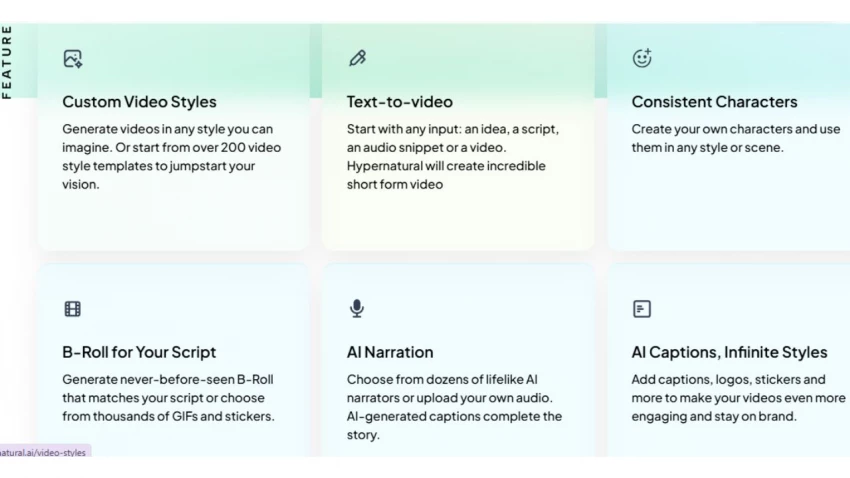

Artificial Intelligence has moved through several phases—from rule-based systems to machine learning, deep learning, and now more human-like approaches. A newer term gaining traction is Hypernatural AI. While it sounds futuristic, the idea is simple: build AI systems that don’t just replicate human reasoning but do so in a way that feels natural to interact with.
In this blog, let’s take a closer look at what Hypernatural AI means, where it stands today, and whether it lives up to the hype.
Hypernatural AI refers to an approach where artificial intelligence is designed to closely mimic human-like thinking, creativity, and adaptability. Unlike traditional AI, which often excels at narrow tasks, Hypernatural AI aims for more fluid interactions—almost as if you’re conversing or collaborating with another person rather than a machine.
The emphasis is not only on intelligence but also on experience. The goal is to create technology that feels less mechanical and more intuitive.

That said, most of these applications are still evolving. The technology is promising, but it isn’t flawless yet.
Hypernatural AI is a fascinating concept that reflects where the industry wants AI to go: smarter, friendlier, and more human-like. While the potential is enormous, it’s also wrapped in a lot of hype and ambiguity. For now, it should be seen as a direction rather than a finished product.
If AI continues moving toward hypernatural systems, the future of human-machine collaboration could be far more seamless than anything we’ve seen before. But until then, it’s important to stay critical, realistic, and mindful of the challenges ahead.
Be the first to post comment!